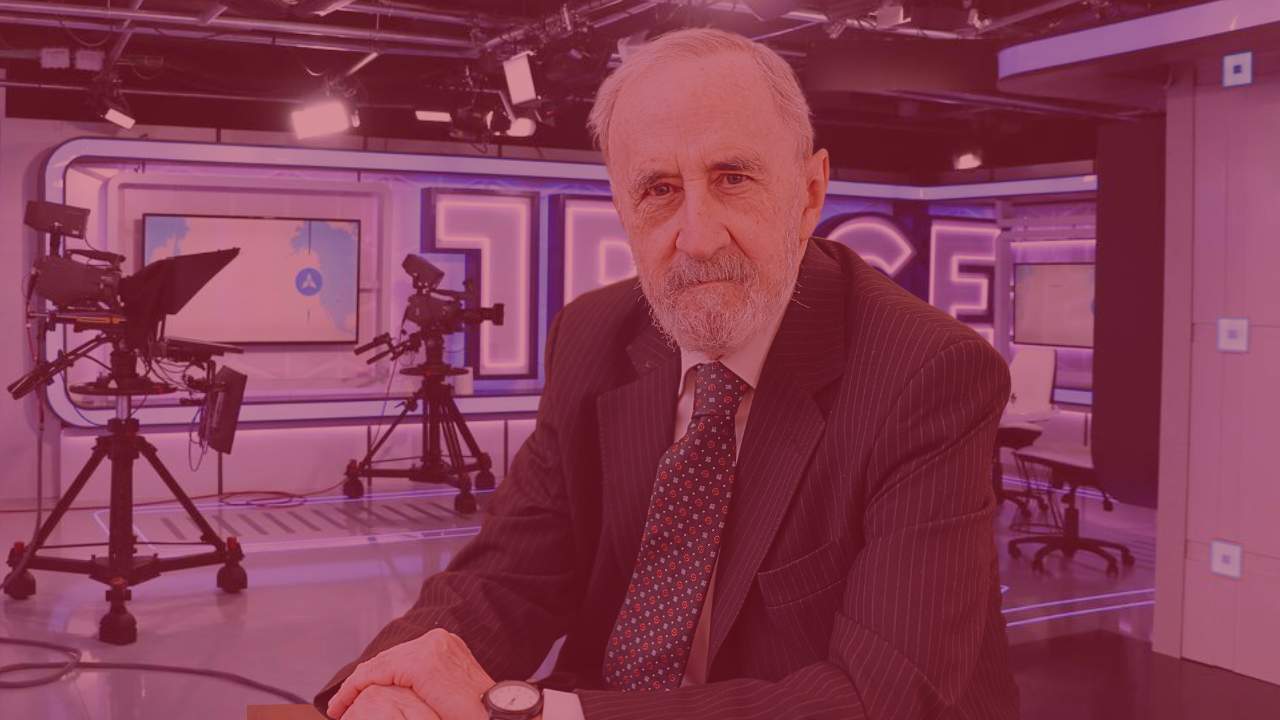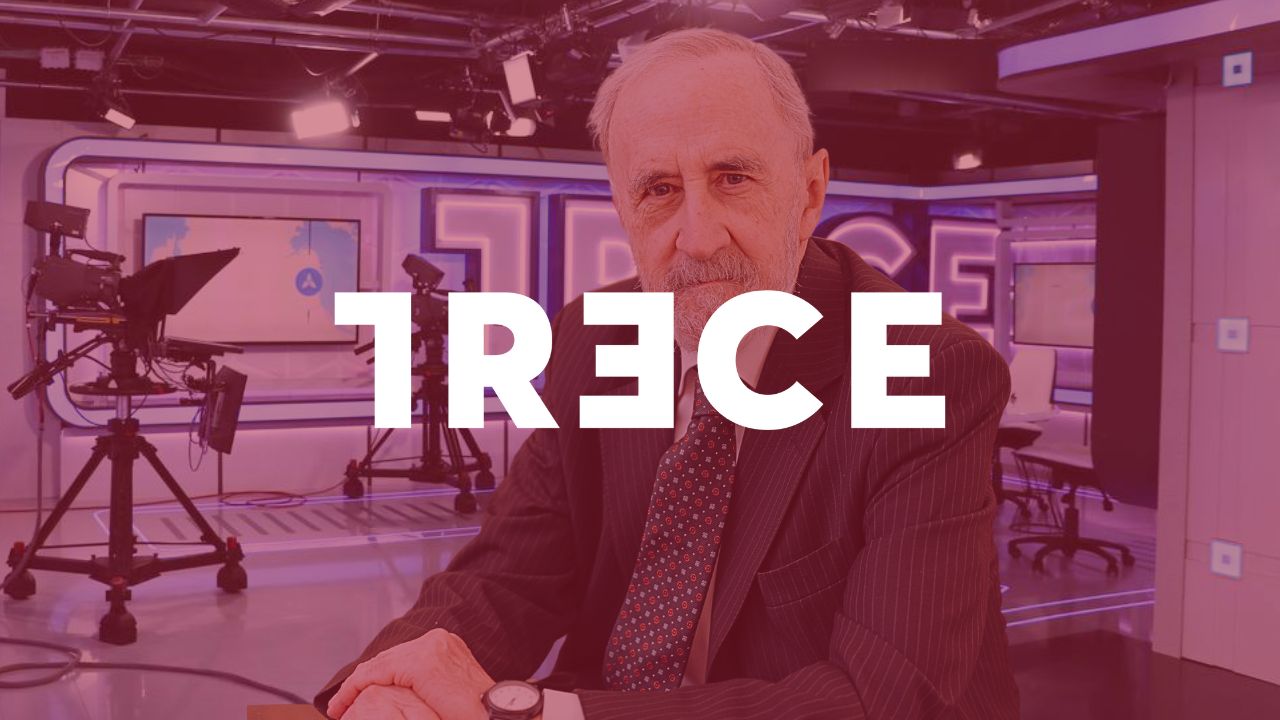Set forth by the Founding Fathers of the United States at the Constitutional Constitution is a practice called the electoral college. Originally designed to be a buffer between the masses and the highest office of the government, it is mostly ceremonial in today’s world. Intended to please all the delegates at the convention in 1774, it came to be an important addition to the election process in the U.S.
There were three major groups that the delegates fell into and hence, the compromise that we have today. There were those that wanted the people to directly elect the president and an opposing group that thought that would potentially give a leader too much power. Then, there was also a group that wanted Congress to elect the president with those that opposed explaining that could lead to too much corruption between the legislature and executive. Ultimately, what they were able to agree on is the system that we still have in place today. The citizens vote in November and that is referred to as the popular vote. Contrary to popular belief, that does not in fact definitively determine the presidential seat. What citizens are voting for is who they will have represent them in the electoral college vote that takes place in December of the same year. The number of electorates is equivalent to the number of representatives in Congress. Today, the electoral college for a state is usually comprised of the winner of the popular vote party loyalists. There have been only a handful of incidents that an electorate has not voted with the party that the popular vote of that state chose. There is also a winner-take-all method of voting in effect in most states wherein the candidate that gets the majority of the votes gets all the electoral college votes for that state.
The reason that there has been recent discussion and question surrounding this method is because in recent elections, there have been instances of a candidate winning the popular vote, but not the electoral college. Since the electoral college holds this power and merit, it also means that candidates focus their energies primarily in a few states deemed “swing states.” These states see heavy campaigning from both candidates because their electoral college votes can be the difference in winning the presidency, and it is hard to predict how the voters of those areas will vote from election to election. Beyond candidates only campaigning in certain states, some voters feel like their vote it not heard when the candidate that they vote for is not elected despite being the popular candidate by sheer numbers. Some scholars, along with regular citizens, feel like the practice is outdated and does not hold the same benefit that is did when the founders created it in 1774. However, the electoral college is still a vital part of the American democracy.
One of the primary arguments for abolishing the electoral college is that in early America, information was not as prevalent, and people were less educated. This is partially true, but an important part is not considered. Although we live in an information age and anyone can access any information at any given time, many people do not seek out the information in its purest nonbiased form. Increased polarization, has caused information to be tainted in many of the forms that average voters are used to getting it from. One-sided news as the primary source for receiving information can cause biased in voters. Rather than seeking out ideas that challenge their own beliefs and knowledge, they affirm what they already believed. The electoral college gives voters the opportunity to share their opinion with the electorate, but it protects from the masses electing a candidate that they may not have fully researched and know about. In a perfect world, the voter would be educated and well informed on the issues that they are voting on. In reality, many voters don’t take the time do that self-education and therefore, having the electoral college creates a necessary precaution for the problems that could cause.
Having the electoral college creates a necessary precaution for the problems that could cause
Having the electoral college change in two ways would make the practice more modern and better reflect the popular vote so that people felt more heard. The first way that it could be improved is by changing from a winner-take-all system to more accurately representing the vote of that state. More similar to how it works in a congressional election, the candidate that wins a district would get that electoral college vote. That would also cause campaigners to be more in touch with more voters, rather than just a few states. The second way that improvements could be made would be to have the electoral college go back to being the well-educated, well-informed rather than just party loyalists. Each party selects their electorates for the year, whether they vote or not in the end, and they are chosen based on the merits that they hold in the party. Similar to how some states avoid gerrymandering with an independent counsel that redistricts or how the California state appointee system was changed to merit-based, the electoral college should be based on qualifications. Active involvement in a party, but also a deep displayed knowledge of a candidate, high voter efficacy and a pattern of long-term commitment to the American democracy.
The Founding Fathers never thought that the electoral college would be the perfect way to elect the chief of the executive branch, but they created a system through compromise and wrote a document that has stood solid through time. The maintenance of the electoral college is vital to the American democracy, with a few tweaks it could become the system that the Founding Fathers intended.






